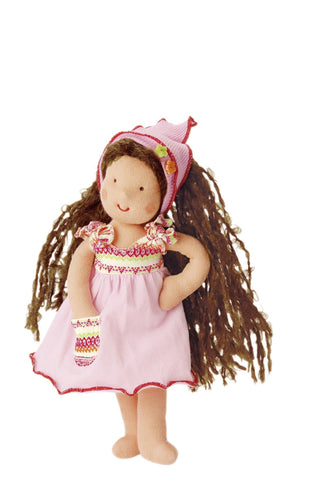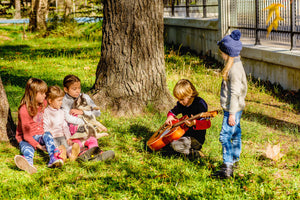Schemas - how children learn through play (Part 1)

Schemas in play. How children learn through play.
Childhood practitioners understand how children learn through play using schemas, but as parents, we may not be aware of how children process their thoughts as they learn to make sense of the world around them.
Jean Piaget, a childhood psychologist, first used the term “schema” to refer to the building blocks of knowledge that are integrated from prior experiences and slowly coordinated into our learning process.
Parents can observe these as repeated, often impulsive, actions in their children. Rather than stop them from doing what they must, such as knocking objects off tables or turning dials on the stereo, you may want to direct their behavioural tendencies into more appropriate channels.
Knowing the schema that your child is going through will help you support their interest and learning in a safe environment. Here are some of the common schemas that your child may already be working through, along with suggested toys that will help extend their experiences.
Enclosure and Containing
You might think that children who often sit in tunnels and get into boxes are trying to hide from you, but experts suggest this is part of the enclosure schema. Children going through the enclosure/containing schema like putting things into things and can spend hours playing with tiny toy animals and playhouses, such as the HABA Play World Adam’s Farm.

Enveloping
Do you often find your child wrapping things up or covered in old blankets? Perhaps you can’t stop them burying “treasure” in wet sand. These are part of the enveloping schema, but if messy play isn’t your thing, perhaps let them help Kathe Kruse Waldorf Mini put on her clothes.

Kathe Kruse Waldorf Mini It’s Me Brown
Transporting
The transporting schema is strong in a child who has the tendency to push trolleys and carry things in containers from one place to another. To help them engage in the experience of transporting, offer them toys such as doll prams, toy shopping trolleys or the HABA Shovel Excavator for moving sand in.

HABA Shovel Excavato
Understanding why children behave in certain ways can help you redirect their behaviour if it becomes inappropriate. Providing them with the right toys can help them channel their tendencies as they engage in meaningful play.
In Part Two, we look at the schemas of Connecting/Disconnecting, Transforming, Trajectory, Rotation and Circulatory, and Positioning.
- Da Da Kinder Store




